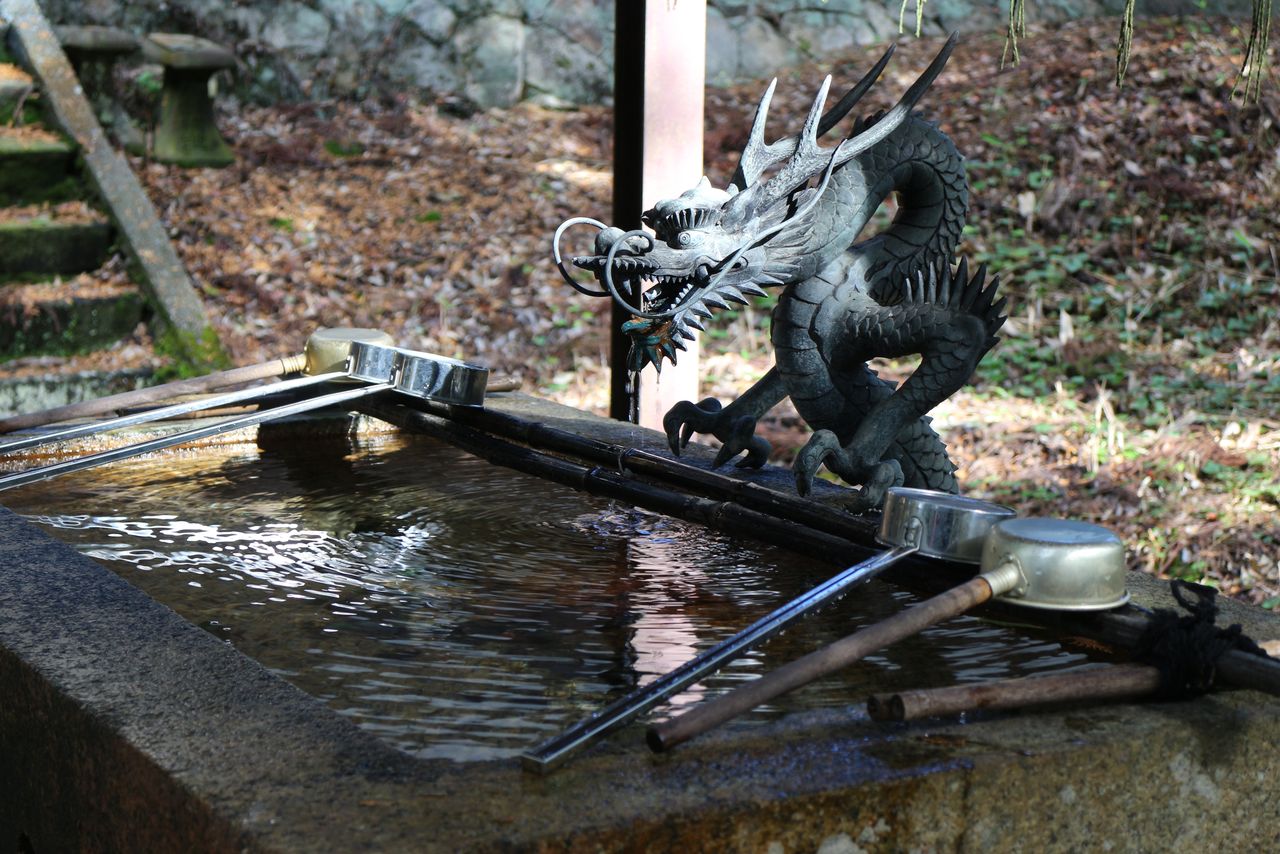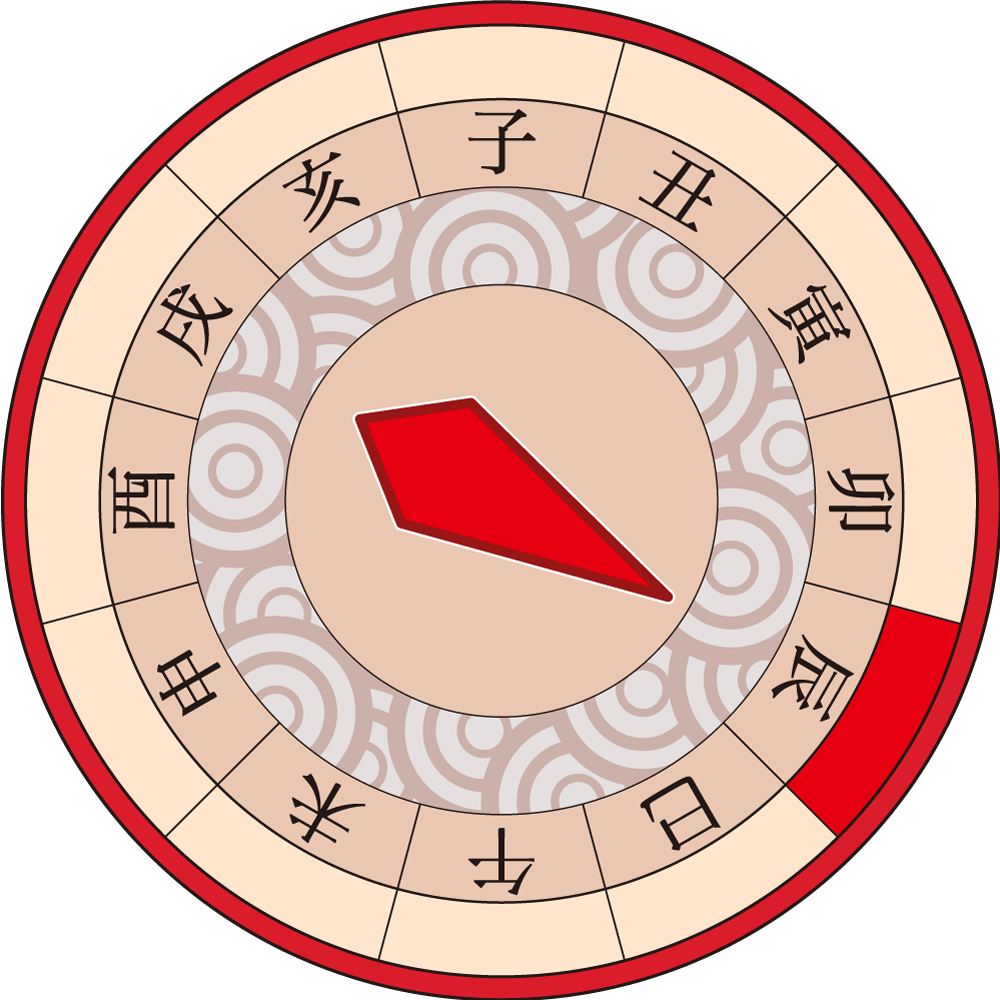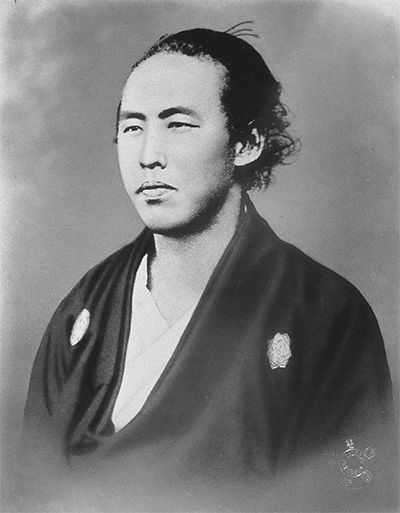
The Year of the Dragon: Firing Up for 2024
Lifestyle Culture History- English
- 日本語
- 简体字
- 繁體字
- Français
- Español
- العربية
- Русский
Enter the Dragon
A fire-breather takes center stage in 2024, which will be the Year of the Dragon according to the 12-year cycle of zodiacal animals, known in Japanese as eto. The only imaginary creature in the zodiac dozen, it will be a regular sight on themed displays, nengajō cards, and calendars that are common sights across the country from December into the new year.
Dragons are revered as water gods across Japan, and traditional festivals in farming communities have called on them as rainmakers in dry weather, while fishing communities pray to them for bumper catches.
They often appear with water flowing from their mouths at temizuya (or chōzuya), where visitors to Shintō shrines purify themselves by washing their hands.

A dragon god at a shrine temizuya. (© Pixta)
Dragon Rush
Historically the eto cycle was also used for compass directions and times of day. Tatsu (辰) corresponds with east-southeast. In the system whereby the day was divided into 12 “hours,” the hour of the dragon took place during what for us is now “rush hour,” from seven to nine in the morning.
Incidentally, special kanji are used for the eto that are different from everyday usage. While the eto kanji for dragon is 辰 (tatsu), there are two that are commonly used when talking about dragons in general. The first 竜 (ryū) is now standard, but the older version 龍 is also often seen. Some words including 竜 are 竜巻 (tatsumaki, meaning “tornado”) and 恐竜 (kyōryū, meaning “dinosaur”).

Kanji for the 12 eto line up in order around a circle. Clockwise from the top, they represent the rat, ox, tiger, rabbit, dragon, snake, horse, sheep, monkey, rooster, dog, and boar. (© Pixta)
A Samurai Hero
One of Japan’s favorite historical figures, the samurai Sakamoto Ryōma (坂本龍馬) includes a dragon in his name. His fame derives in part from the much-loved historical novel Ryōma ga yuku by Shiba Ryōtarō (trans. by Juliet Winters Carpenter as Ryōma!:The Life of Sakamoto Ryōma: Japanese Swordsman and Visionary), but Shiba used the name 竜馬. Although both versions of the name are seen in Japan, Ryōma himself always wrote it 龍馬, and Shiba may have chosen the alternative to give himself some distance and creative freedom in his novel.

Sakamoto Ryōma. (Courtesy the National Diet Library)
Dragon Sayings
Dragons can also be found in Japanese proverbs like these:
竜頭蛇尾—Ryūtō dabi. “Dragon head, snake tail” describes something that initially appears wonderful or amazing, but ends disappointingly.
画竜点睛を欠く—Garyō tensei o kaku. “Draw a dragon without marking in the eye” means to fail to carry through a work to the end by omitting an essential finishing touch.
龍のひげをなでる—Ryū no hige o naderu. “To stroke a dragon’s beard” is to perform a reckless action, often seen together with 虎の尾を踏む (tora no o o fumu, meaning “to tread on a tiger’s tail”).
登竜門—Tōryūmon. A reference to a Chinese legend in which a carp climbs the falls at the “Dragon Gate” after swimming upstream in the Yellow River and is transformed into a dragon. It describes a particular path to success.
(Originally published in Japanese. Banner photo © Pixta.)